Sonja Leidenberger

Education
Course Coordinator
Research
2025
Science of the Total Environment
2025. Article.
https://doi.org/10.1016/j.scitotenv.2024.177763
2024
Bitidningen
2024. Article.
Bulletin de la Société Géographique de Liège
2024. Article.
https://doi.org/10.25518/0770-7576.7229
Journal of Apicultural Research
2024. Article. https://doi.org/10.1080/00218839.2024.2361965
PLOS ONE
2024. Article.
https://doi.org/10.1371/journal.pone.0308831
2023
Biological Conservation
2023. Article.
https://doi.org/10.1016/j.biocon.2023.110247
Journal of Insect Conservation
2023. Article.
https://doi.org/10.1007/s10841-023-00541-4
Ecology and Evolution
2023. Article.
https://doi.org/10.1002/ece3.10608
2022
Bee World
2022. Article.
https://doi.org/10.1080/0005772x.2022.2106739
2021
2020
2019
2017
2016
2015
2012
Ongoing projects
Improve habitat quality and climate-adaptivity of freshwater ecosystems through management of alien invasive aquatic invertebrates
The CLANCY project will increase the capacity of the North Sea Region to preserve climate-adaptive, biodiverse ecosystems, through management of the Chinese Mitten Crab.
May 2023 - April 2028 Systems BiologyFinished projects
End biodiversity loss through improved tracking of threatened invertebrates
In today’s biodiversity crisis, there is an urgent need to monitor terrestrial and aquatic species in their natural habitats, especially those that may be endangered, invasive or elusive. Studies conducted within this project will lead to a new metod of tracking down threatened species, the results will be integrated into current monitoring programmes (e.g. red-listing) and action plans.
April 2019 - March 2024 Systems BiologyBiodiversity in the marine algae belt
The marine algae belt is one of the most active primary producing environments in the sea. It harbors a great diversity of animals including sea squirts, ribbon/nick/serpulid and spionid worms as well as ghost shrimps. Globally there exist over 7,000 species with around 250 species from Norway. The knowledge about their taxonomy and dis-tribution is poor. Specimens in museum collections are often quite old and wrongly determined. Many of these taxa include invasive species causing high economic dam-age in aquaculture and ship transportation. This is why we urgently need a field inven-tory to collect species from the Skagerrak up to 70°N i Norway. With morphological and molecular methods, we will determine the species and learn more about their dis-tribution.
October 2020 - September 2023 Systems BiologyStudying Nordic brown bees
Imagine a bee collecting nectar and pollen from a flower. Their job as pollinators is one of the most important biological processes on our planet. Our survival depends on bees and other pollinators. But within recent years, reports show that our bees are not feeling well. To find out the wellbeing of different Swedish and Norwegian bee species we are going to compare these species in our research project, Supporting Nordic brown bees.
January 2019 - December 2021 Systems BiologyLandscape biodiversity capacity: a tool for measuring, monitoring and managing
Sweden and the vast majority of other countries in the world have agreed to preserve biodiversity, ie the variation of species and natural environments. Man need biodiversity as the basis for ecosystem services. Some examples of ecosystem services are carbon sequestration that slows down global warming, water purification that gives clean drinking water and pollination that increases crops.
April 2019 - December 2021 Systems BiologyInventory of invasive alien species in Lake Vänern
Invasive alien species can affect biodiversity as they can compete with native species or spread infections. The consequences of alien species are often very costly. It is therefore important to detect invasive species as early as possible in order to control them. How is the situation in Lake Vänern? Researchers at the University of Skövde will carry out a feasibility study with the aim of taking an inventory of invasive alien crustaceans in the country's largest lake. Behind the assignment are the Lake Vänern Water Management Association and the county administrative boards around Lake Vänern.
January 2021 - October 2021 Systems Biology